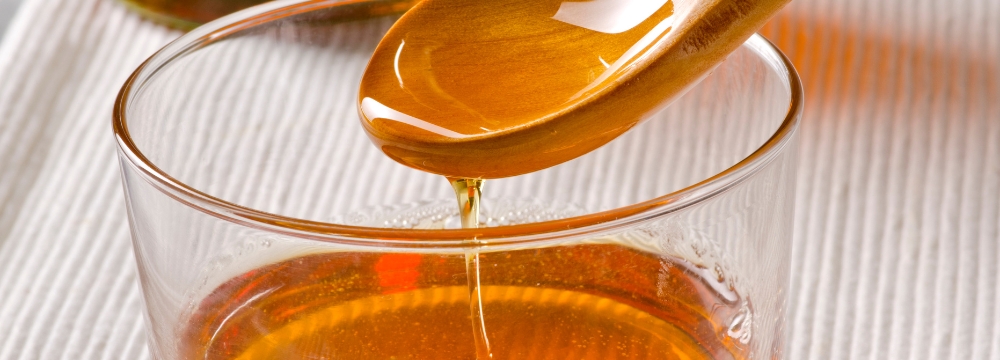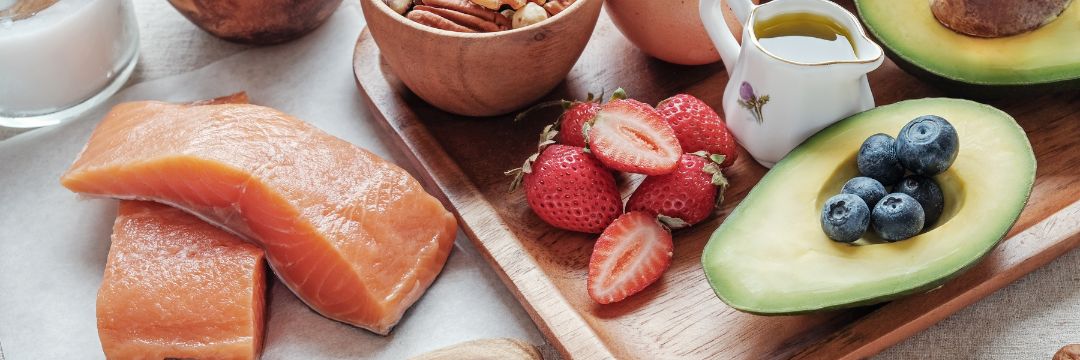After Bariatric Surgery
Agave syrup has taken the sweetener world by storm. Because it is low on the glycemic index, it has been put forth as a beneficial sweetener and is often touted as better than table sugar, honey, and maple syrup. After all, it comes from the same plant that gives us tequila! It’s the perfect sweetener, right? Not quite.
Let’s Start by Understanding What Agave Is
Agave is a succulent found in North and South America and has been used for thousands of years as a sweetener and to make tequila. It has even been explored for its potential medicinal properties. However, like many other new-to-us foods, it only arrived on the American table in the past few decades and, in doing so, has made quite a bang. While the agave plant has objective health benefits, many of these are negated and lost during the processing of the plant to convert its sap into the sweetener we use at home. For example, much like some whole fruits, the agave plant, in its simple form, has plenty of fiber, which is lost when the sap is extracted from the plant and boiled down into fructose.
This article will discuss how the trend toward alternative sweeteners, particularly agave syrup, may not be as healthful as it seems.
Let’s dive right into the differences between sweeteners like honey, maple syrup, and table sugar versus agave syrup. What’s striking is that agave syrup has a glycemic index of about half of its traditional sweetener cousins. This means it is much less likely to spike blood sugar, an essential concern for people with diabetes. Since a person with diabetes must always be vigilant about their blood sugar, using the glycemic index is a great way to guide meals and ingredients. Even those who do not have diabetes can improve their lifestyle by switching to foods lower in the glycemic index.
What’s So Bad About Agave Syrup?
The problem with agave syrup ultimately lies around the fact that it is virtually pure fructose. This is the sugar we find in fruits and vegetables and is typically very healthy when eaten as part of the whole food. However, fructose is far lower on the glycemic index because it must travel to the liver to be metabolized before turning into glucose. Essentially, the metabolization in the liver delays the release of glucose and the resultant sugar spike.
On the surface, this may seem fine. Let’s have the liver do its job, and we benefit by not spiking our sugar levels. However, this high fructose intake puts tremendous stress on the liver and can lead to fatty liver disease and even cirrhosis. High fructose consumption, as seen in rodent testing, can also increase the risk of other metabolic disorders, including high cholesterol, insulin resistance, and high blood pressure. These effects aren’t quite as pronounced in humans, but there is reason to believe that we would experience similar effects. Modern sodas contain high fructose corn syrup as a primary ingredient, and we all know sodas are some of the worst offenders, as they contribute to obesity and metabolic disease.
The Bottom Line
Alternative sweeteners such as agave syrup or agave nectar (a misleading name), as it is sometimes referred to for marketing purposes, may not be as healthy as they first seem. While we highly discourage the consumption of ordinary refined sugar, glucose is critical to the proper functioning of every cell in the body. It’s how we consume our glucose that makes a difference.
Ultimately, agave syrup seemed like the perfect option at one point, but it is not and should be avoided.










